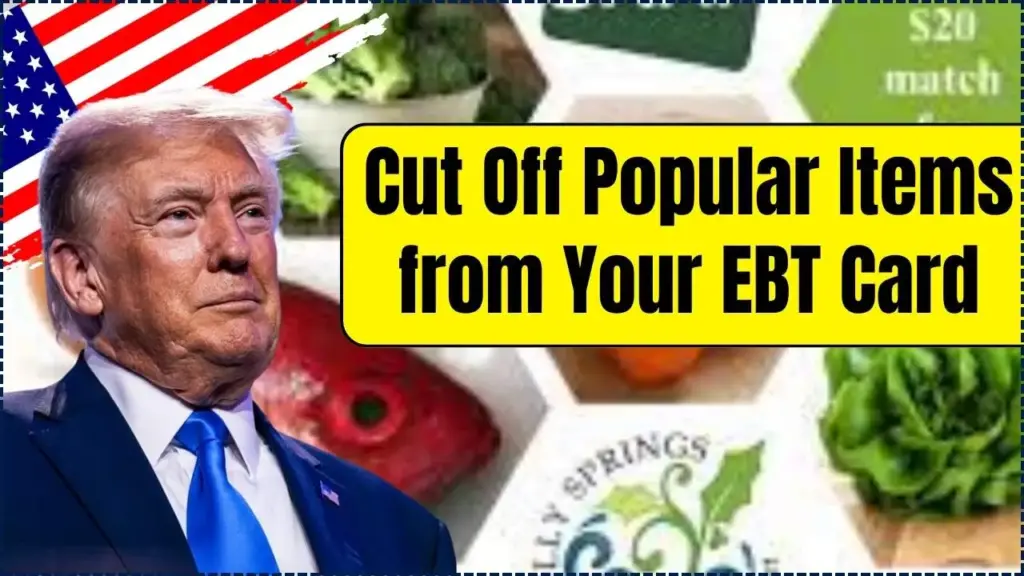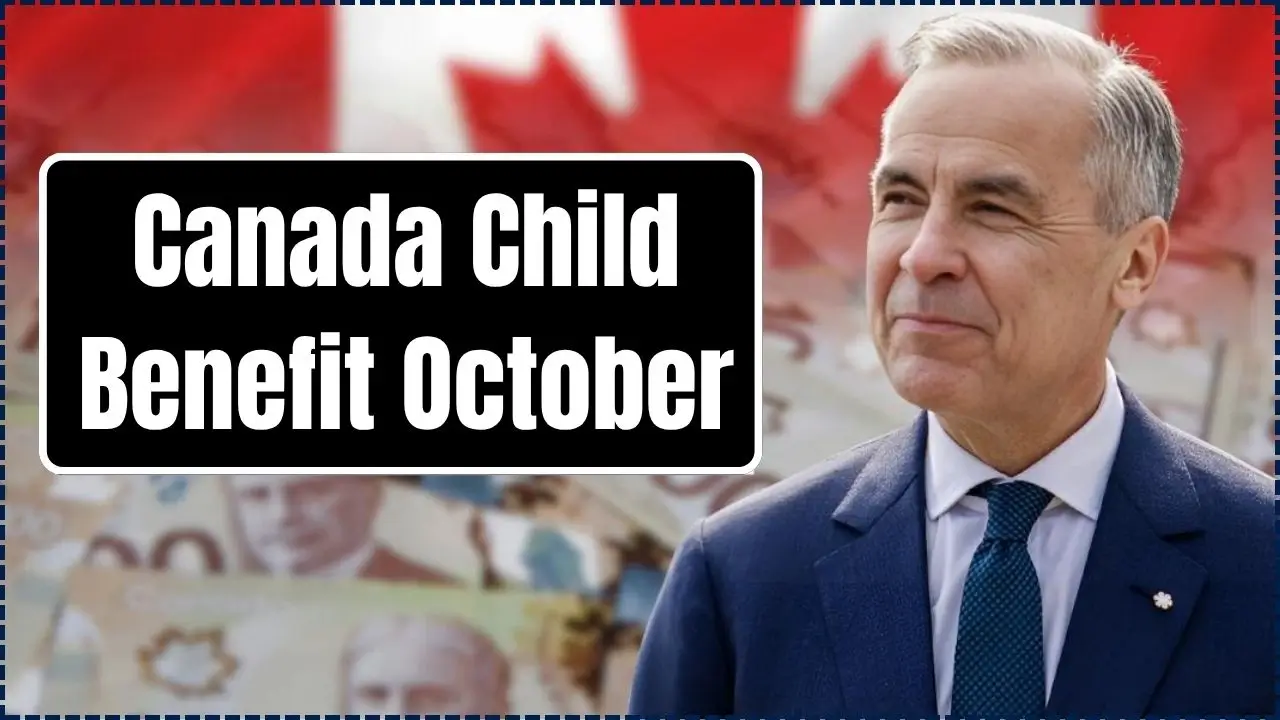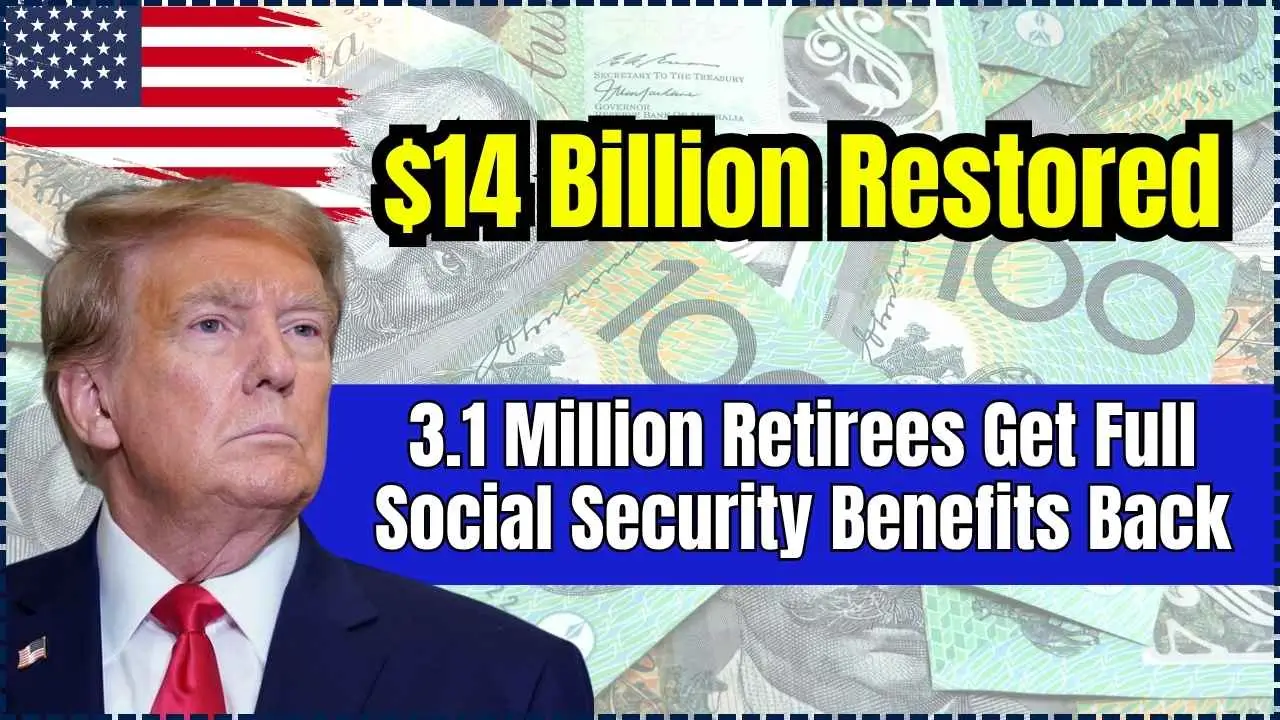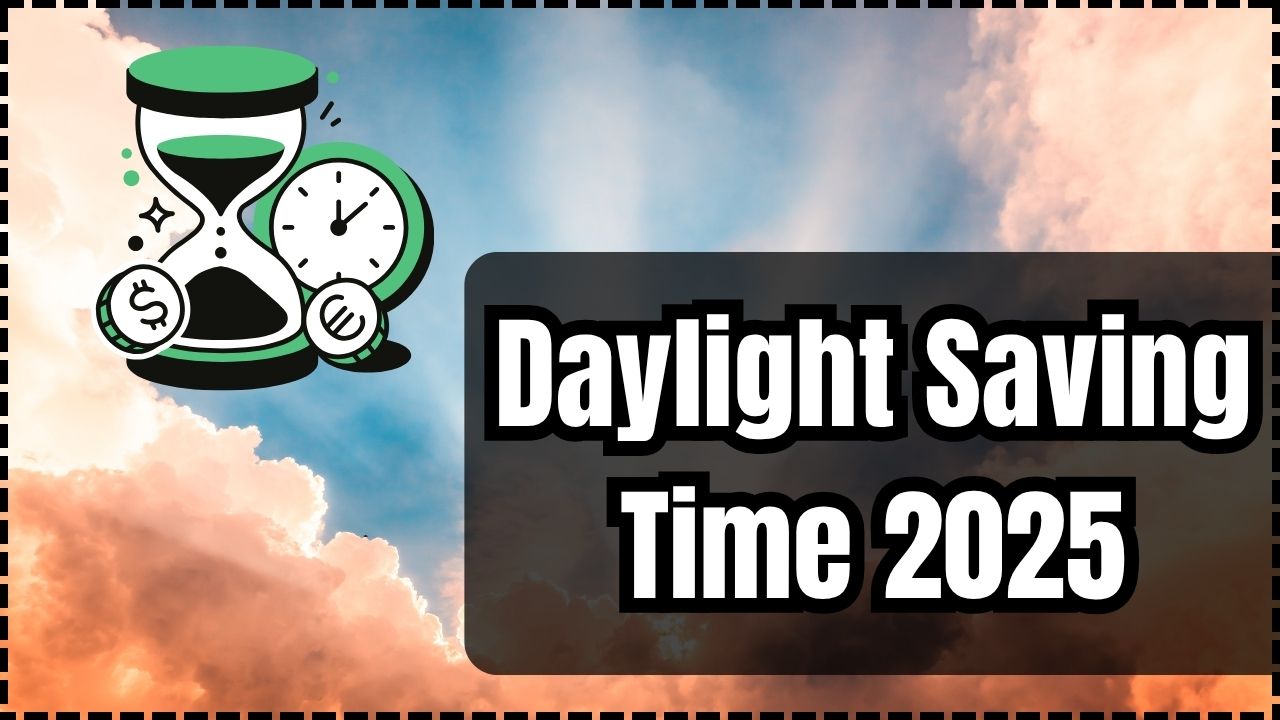Starting in 2026, several states are implementing new restrictions on what can be purchased with Supplemental Nutrition Assistance Program (SNAP) benefits, also known as food stamps. These changes, which target items like sodas, energy drinks, and candy, are aimed at promoting healthier eating habits but could reduce food choices for many recipients.

Table of Contents
Cut Off Popular Items from Your EBT Card
| Key Fact | Detail |
|---|---|
| New Restrictions on SNAP | States will ban sugary drinks, candy, and junk food from SNAP purchases. |
| States Affected | Arkansas, Florida, Texas, and others to implement changes by 2026. |
| Targeted Items | Soda, candy, energy drinks, fruit drinks with less than 50% juice. |
| Health Goals | Aimed at encouraging healthier eating habits among SNAP recipients. |
The upcoming restrictions on SNAP benefits reflect a growing shift in public policy aimed at improving public health through dietary changes. While the goal is to promote healthier eating habits, the restrictions also raise important questions about food access, personal choice, and the role of government in influencing nutrition.
As states begin to implement these changes, the broader implications for both health outcomes and food security will continue to unfold.
New Rules for SNAP Benefits: What You Need to Know
The Supplemental Nutrition Assistance Program (SNAP), which provides essential food assistance to millions of low-income Americans, is undergoing significant changes. Starting in 2026, several states will implement new restrictions that will limit the types of food available for purchase with EBT cards. These restrictions are designed to encourage healthier eating habits, but critics warn they could limit food choices for many recipients.
Which Items Are Affected?
The new rules primarily target sugary, processed, and unhealthy food items, including:
- Soda and Soft Drinks: Many states, including Arkansas, Florida, and Texas, will no longer allow the purchase of soda and sugary soft drinks with EBT cards. This includes carbonated beverages like cola, fruit-flavored sodas, and energy drinks that contain high amounts of sugar and caffeine.
- Candy and Confections: Items such as candy, chocolate bars, and gum will be excluded from eligible purchases.
- Energy Drinks: Drinks containing stimulants like caffeine and taurine, which have little nutritional value, will no longer be available for purchase.
- Fruit Drinks with Less Than 50% Juice: Beverages that are marketed as fruit drinks but contain less than half real fruit juice will be banned, including many brands of fruit punch and flavored waters.
While these changes aim to promote healthier eating, the new rules raise concerns about how they will affect those who rely on SNAP for much of their food.
The History of SNAP and Changing Rules
SNAP, originally known as food stamps, has been a cornerstone of the U.S. social safety net since its establishment in 1964. The program was created to help low-income individuals and families purchase food, improving nutrition and reducing hunger. Over time, SNAP eligibility and rules have evolved, with occasional debates about what should be allowed and disallowed for purchase.
In recent years, there has been growing concern about the rising rates of obesity, diabetes, and other diet-related diseases. Public health experts argue that many SNAP recipients are purchasing foods that contribute to these health problems. As a result, several states have started to push for reforms, such as banning junk food purchases through the program, to align SNAP more closely with public health initiatives.
A New Direction
The 2026 restrictions represent a shift in how the program addresses nutrition. By limiting access to foods with little nutritional value, these restrictions aim to improve the overall health of SNAP recipients. However, some argue that these rules may further marginalize low-income communities, especially in areas where access to fresh food is already limited.
State-Specific Restrictions
Currently, several states have received approval to implement food restrictions. These states will gradually phase in the changes starting in 2026:
- Arkansas: Starting in 2026, Arkansas will prohibit the purchase of sugary sodas, candy, and fruit drinks with less than 50% juice.
- Florida: In 2026, Florida will restrict the purchase of soft drinks, candy, and energy drinks.
- Texas: Texas will introduce similar restrictions, including bans on soda, energy drinks, and candy, starting in January 2026.
Health Benefits vs. Food Freedom
Proponents of the new rules argue that these changes are essential for improving public health. Studies have shown that low-income communities are disproportionately affected by diet-related diseases, and limiting access to unhealthy foods is seen as a way to reduce these disparities.
However, critics argue that restricting food choices infringes on personal freedom, especially for individuals who rely on SNAP benefits to meet their nutritional needs. Advocates for food freedom point out that the government should not dictate what people can and cannot buy with their benefits, particularly since some of the restricted items—like soda—are sometimes the only affordable options available in certain areas.
Public Reactions: Support and Opposition
The new rules have sparked significant debate among various stakeholders, including policymakers, health experts, and SNAP recipients.
Support from Health Experts
Health experts largely support the restrictions, arguing that the changes could significantly improve the health of millions of Americans. Dr. Sarah Mitchell, a public health expert from Health Affairs, stated, “By removing foods that contribute to obesity, diabetes, and heart disease, we can take meaningful steps to improve public health.”
Concerns from Advocacy Groups
On the other hand, organizations like Feeding America have raised concerns about the potential negative impacts on those who already face food insecurity. Mark Johnson, an advocacy director at Feeding America, explained: “Restricting these items could exacerbate food insecurity in already underserved communities, where healthy alternatives are often unavailable or unaffordable.”
International Examples: Lessons from Other Countries
Some countries have already implemented similar restrictions on food assistance programs. For instance, Denmark and Finland have implemented policies that restrict the purchase of unhealthy foods with government-funded food aid. These programs have faced both praise and criticism. While they are credited with helping reduce obesity rates, critics argue that the policies disproportionately affect low-income families.
In the U.K., the government has introduced policies to encourage healthier eating but has faced challenges in ensuring that restrictions do not limit access to food for vulnerable populations.
The U.S. experience with these changes will be closely watched, as it may offer insights into how food assistance programs can balance nutrition goals with food access concerns.
Related Links
13 New Conditions Added to Fast-Track Social Security Benefits, Confirms SSA – Check Details
New U.S. Work Permit Rules 2025: How Foreigners Can Apply and What’s Changed
Millions of Californians Can Now Get Up to $1,789 in CalFresh; Here’s What Changed Overnight
Looking Ahead: What Comes Next?
The implementation of these new SNAP rules is likely to be a long-term project. While the initial changes will only affect certain states in 2026, the potential for nationwide reform could follow, depending on the success and public reaction to these pilot programs.
Some possible next steps include:
- Monitoring Health Outcomes: Researchers will track the impact of these restrictions on public health, particularly in terms of obesity rates and diet-related diseases.
- Evaluating Food Access: Policymakers may need to ensure that alternative healthy food options are available in communities where access to fresh food is limited.
- Adapting Policies Based on Feedback: If the new rules prove problematic for certain communities, changes may be made to ensure better access to healthy foods without compromising food security.
FAQ About SNAP Update
Q: What foods will be restricted in SNAP purchases?
A: Sugary sodas, energy drinks, candy, and fruit drinks with less than 50% juice will be banned in many states starting in 2026.
Q: Why are these changes being made?
A: The goal is to encourage healthier eating habits by limiting the purchase of foods that contribute to obesity and other diet-related diseases.
Q: How will this affect SNAP recipients?
A: Some recipients may face limitations in food choices, particularly in areas where healthier alternatives are not readily available.
Q: Can these rules be changed?
A: The new rules are expected to be phased in over time, and adjustments may be made based on feedback and health outcomes.
















